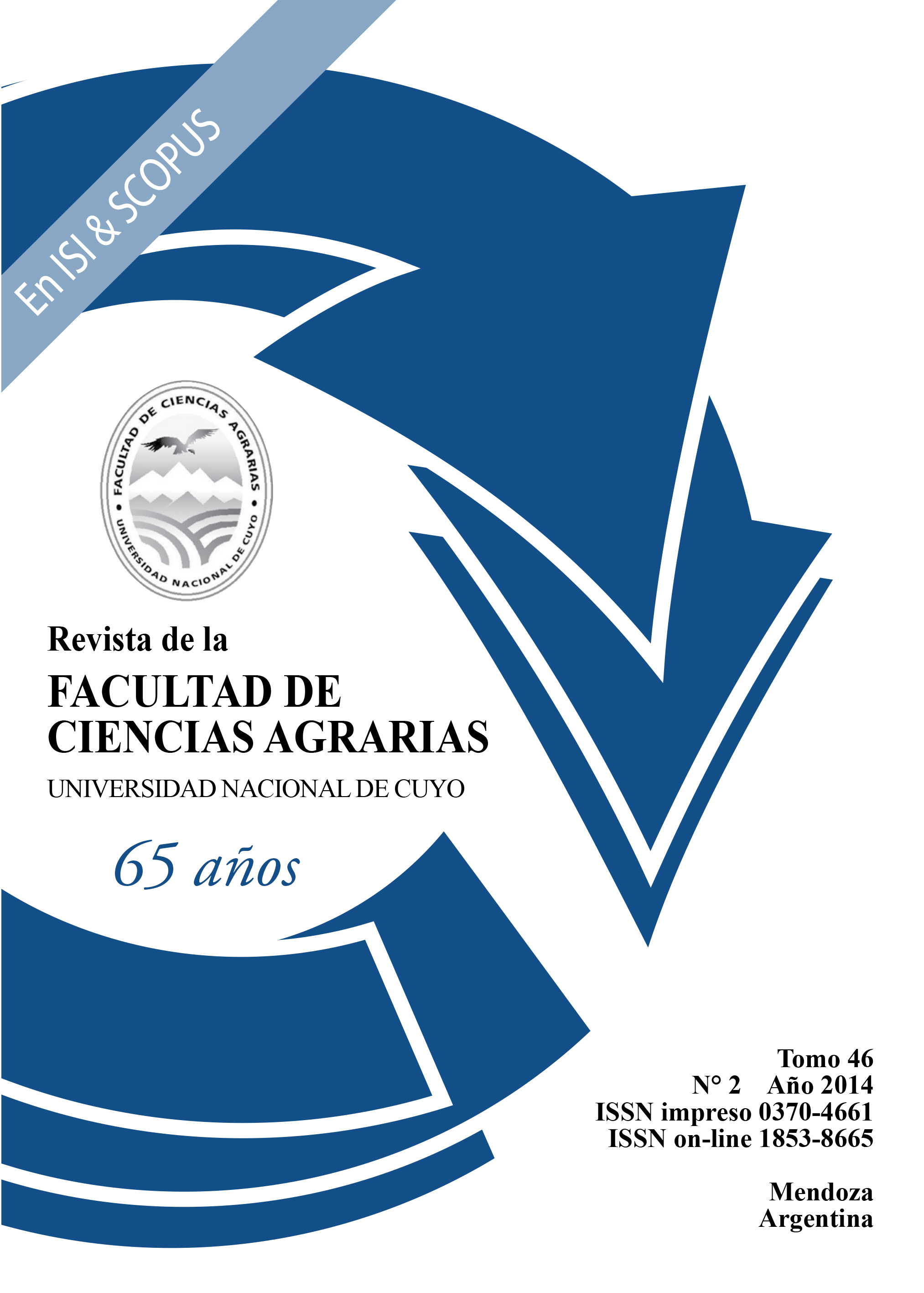Agromorphological variation and postharvest biophysical changes in fruits of tomato (Solanum lycopersicum L.)
Keywords:
Phenotypic variation, postharvest changes, Solanum lycopersicumAbstract
Agromorphological phenotypic variation and postharvest biophysical changes in fruits after 10 days of storage at room temperature were evaluated in a collection of tomatoes from Oaxaca, Mexico. The collection of 57 accessions were planted and characterized under greenhouse. During postharvest the pH, degrees Brix (°Brix), weight loss and color parameters (L*, a*, b*, chromaticity and Hue angle) were evaluated at 0 and 10 days after harvest. The accession showed significant differences (P < 0.01) over all agromorphological traits, and there were differences among genepools classified a priori as cultivated, ruderal, and intermediate populations between cultivated and ruderal. Nine groups of phenotypic diversity were determined. The storage times (0 and 10 days) presented significant differences at all biophysical traits. After 10 days of storage at room temperature (20.6±5°C and 34±10% RH) the °Brix increased from 4.1 to 4.6 and similarly pH from 3.7 to 4.3. Among phenotypic groups and interaction storage times-groups, significant differences were found for °Brix, color coordinates L* and b*, and Hue angle. The differential postharvest changes indicate phenotypic divergences among and within genepools, which can be exploited in the plant breeding programs with regional objectives.
Downloads
Published
Issue
Section
License

This work is licensed under a Creative Commons Attribution-NonCommercial-ShareAlike 3.0 Unported License.
Aquellos autores/as que tengan publicaciones con esta revista, aceptan las Políticas Editoriales.



